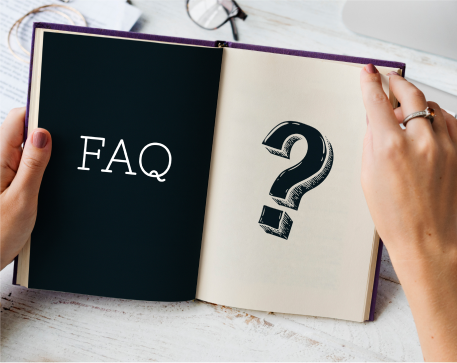Ready to learn?
Take the first step toward achieving your educational goals. Whether you’re preparing for exams or expanding your knowledge, getting started is just a click away. Join us today and unlock your full potential
832, utkarsh bhawan, near mandap restaurant, 9th chopasani road, jodhpur rajasthan - 342003
support@utkarsh.com
+91-9116691119, +91-9829213213
Support
Learning Resources
Rajasthan Govt Exams
Central Govt Exams
Civil Services Exams
Nursing Exams
School Tuitions
Other State Govt Exams
Agriculture Exams
College Entrance Exams
Miscellaneous Exams

© 2025 Utkarsh Classes & Edutech Pvt. Ltd. All Rights Reserved
Home
International Current Affairs
Science and Technology
Zealandia, the 8th continent discovered, was missing for 375 years

Utkarsh Classes
Updated: 04 Oct 2023
3 Min Read

Recently, a group of seismologists and geologists completed a new and improved map of Zealandia (also known as Te Riu-a-Maui), the eighth continent of the world, situated beneath the Pacific Ocean.
Prior research has suggested that approximately 83 million years ago, the supercontinent Gondwana was pulled apart by geological forces, resulting in the beginnings of the continents that exist today.
Top Posts
Frequently asked questions

Still have questions?
Can't find the answer you're looking for? Please contact our friendly team.
Visit an Offline Centre Near to You.

Winter Selection Offer is LIVE Now!
Sabhi Online Courses par Up to 90% OFF + ?500 Cashback + 25% Extra Validity New Users & Extension par Extra Savings